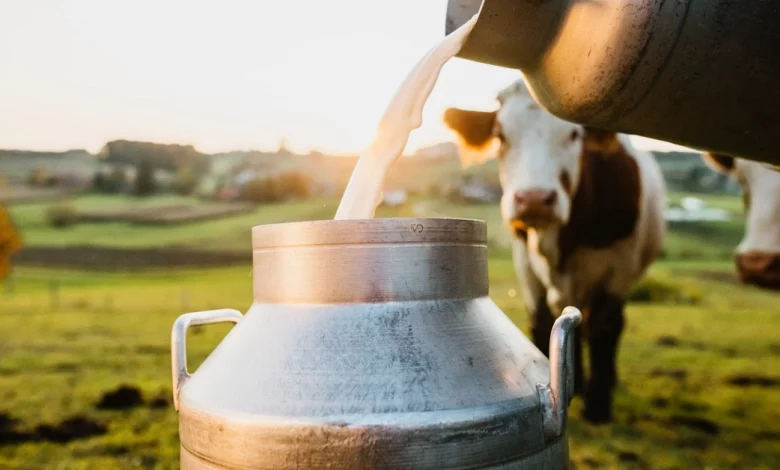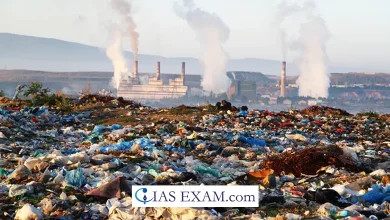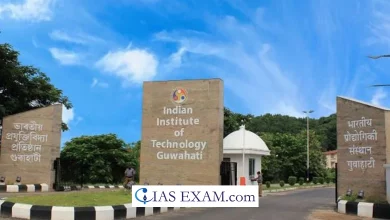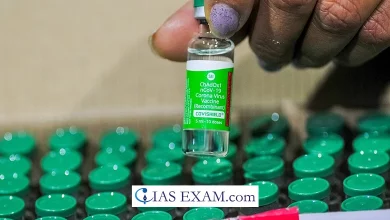
Context- The Institute of Animal Husbandry and Dairying celebrated National Milk Day in 2023. National Milk Day is celebrated in India every year on November 26 to commemorate the efforts of Dr. Verghese Kurien.
White Revolution
- The White Revolution in India, also known as Operation Flood, was a major dairy development program implemented to increase milk production and address the country’s milk shortage problems.
- It was launched in 1970 by the National Dairy Development Board (NDDB) under the leadership of Dr Verghese Kurien, often referred to as the “Father of the White Revolution”.
The main characteristics and achievements of the White Revolution:
- Cooperative model: This launched the cooperative model in the dairy industry by encouraging farmers to form dairy cooperatives.
- Amul: The most visible result of the White Revolution was the success of the Gujarat Milk Cooperative Marketing Federation (GCMMF), which marketed its products under the Amul brand.
- Increase in milk production: The program has led to a significant increase in milk production across the country by improving the quality of livestock.
- Infrastructure development: Infrastructure such as milk processing plants, cold storage and transport networks were developed to support the growing dairy industry.
- Economic effects: It increased the income of dairy farmers and contributed to the overall economic development of rural areas.
- Replication in other states: The success of Operation Flood in Gujarat led to its replication in other states, further expanding the scope and impact of the White Revolution across India.
Indian Dairy Sector
-
- Production:
- India is the world’s largest milk producer, accounting for 24% of global milk production in 2021-22.
- The top five milk producing states are: Rajasthan, Uttar Pradesh, Madhya Pradesh, Gujarat and Andhra Pradesh.
- Their total share is 53.11 percent of the milk production of the entire country.
- Value Added Products:
- Indian dairy sector has diversified beyond liquid milk to produce various value added products such as butter, ghee, cheese, yogurt and ice cream.
- Production:
- Economy:
-
- The industry accounts for 5 percent of the country’s economy and directly supports more than 8 million farmers.
- The industry is a major employer, especially for women, and plays a leading role in women’s empowerment.
Challenges of Indian Dairy Sector
- Low productivity:
- The quality of animals is a critical factor in determining their milk productivity and thus total production.
- Although India is the world’s largest producer of milk, its productivity per animal is very low compared to the world average.
- Provision of animal health and husbandry services.
- Problems such as disease, lack of proper breeding practices and inadequate health services can affect the overall health and quality of livestock.
- Lack of nutritional resources:
- There are no rules to ensure quality.
- In the absence of a consistent policy, all kinds of substandard food are available in the market.
- Infrastructure limitations:
- Inadequate infrastructure, such as lack of a strong cold chain, can cause spoilage of milk and milk products, especially in areas with uneven supply.
- Adoption of technology:
- Lack of awareness, education and training among farmers can hinder the adoption of advanced practices such as artificial insemination, efficient feeding methods and disease management.
- Market fluctuations and price fluctuations:
- The lack of stable and profitable milk prices can affect the income of dairy farmers, making it difficult for them to plan and invest in their operations.
- Quality standards: Ensuring that products meet both domestic and international quality standards requires investment in quality control measures and adherence to hygienic practices.
Government initiatives to promote Indian dairy industry
- Rashtriya Gokul Mission: It was launched in 2014 to protect and develop local breeds of cattle.
- Objective: to promote the productivity and genetic improvement of domestic animals.
- National Program for Dairy Development (NPDD): NPDD has been operational since 2014 and aims to build or strengthen infrastructure for quality milk production and procurement, processing and marketing of milk and milk products through the government Executive Board or the National Dairy Association.
- Dairy Entrepreneurship Development Scheme (DEDS): The Ministry of Animal Husbandry, Dairying and Fisheries implements DEDS to create self-employment opportunities in the dairy industry.
- It provides financial assistance to individuals to set up small and medium-sized dairy enterprises.
- The program is implemented by the Land and Rural Development Bank.
- National Animal Disease Control Program (NADCP): It is a flagship program launched in 2019 to control FMD by vaccination of 100% population of cattle, buffaloes, sheep, goats and pigs.
- National Livestock Mission (NLM): Launched by the Ministry of Agriculture, the objective of NLM is to ensure sustainability of the livestock sector, including milk production. It focuses on increasing livestock productivity, improving health and supporting food and nutrition resources.
Source: News on Air





.png)



